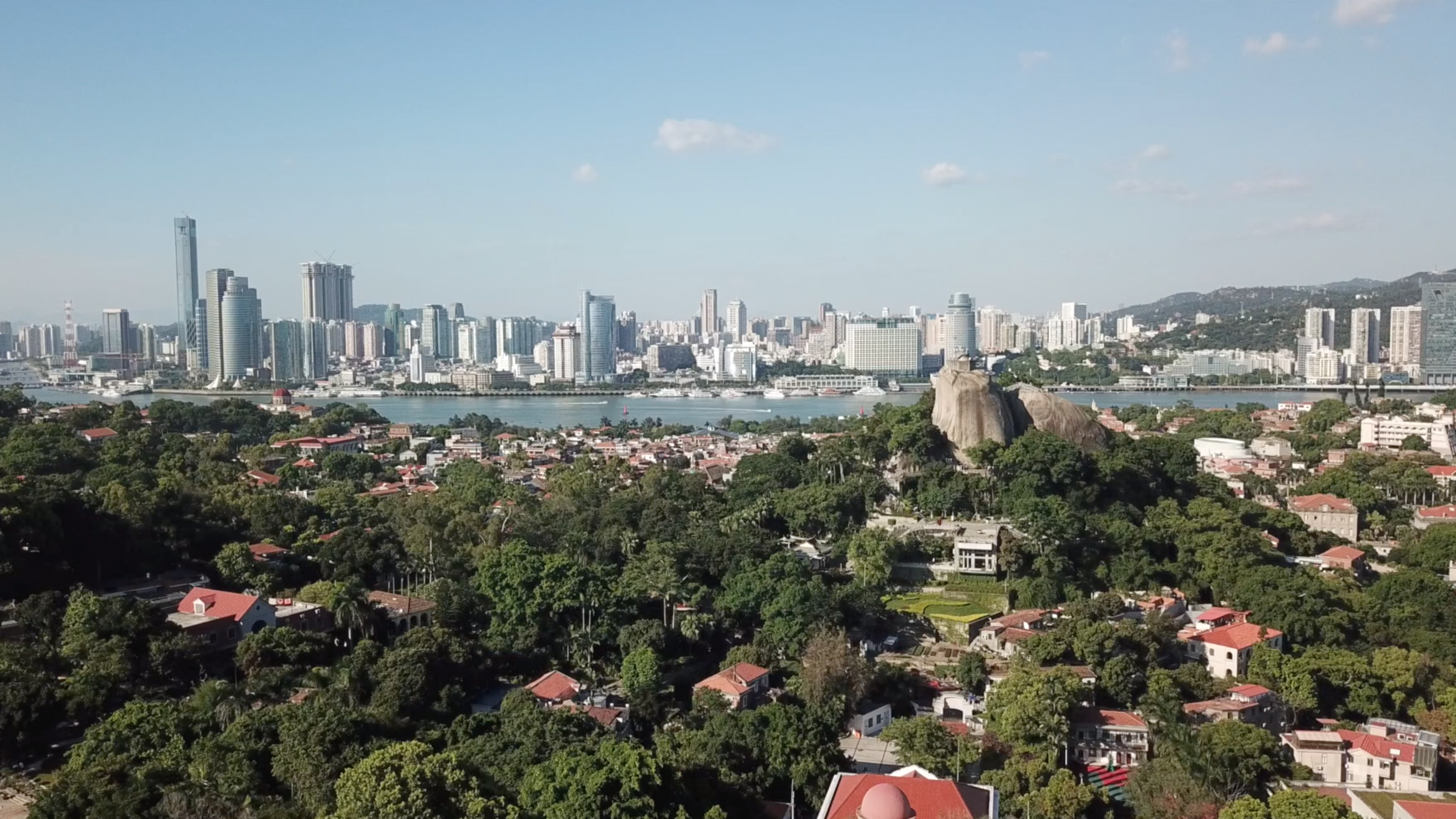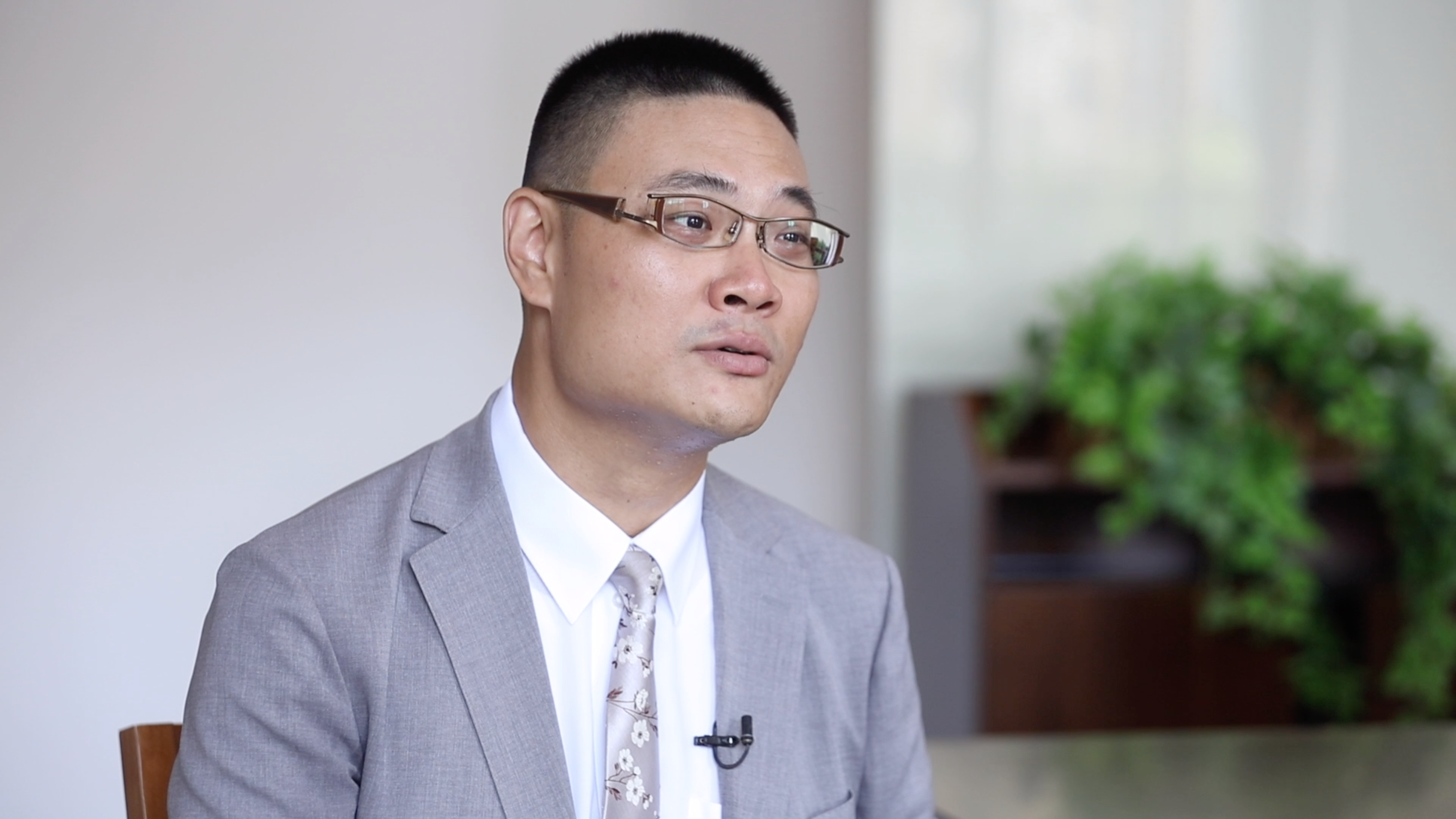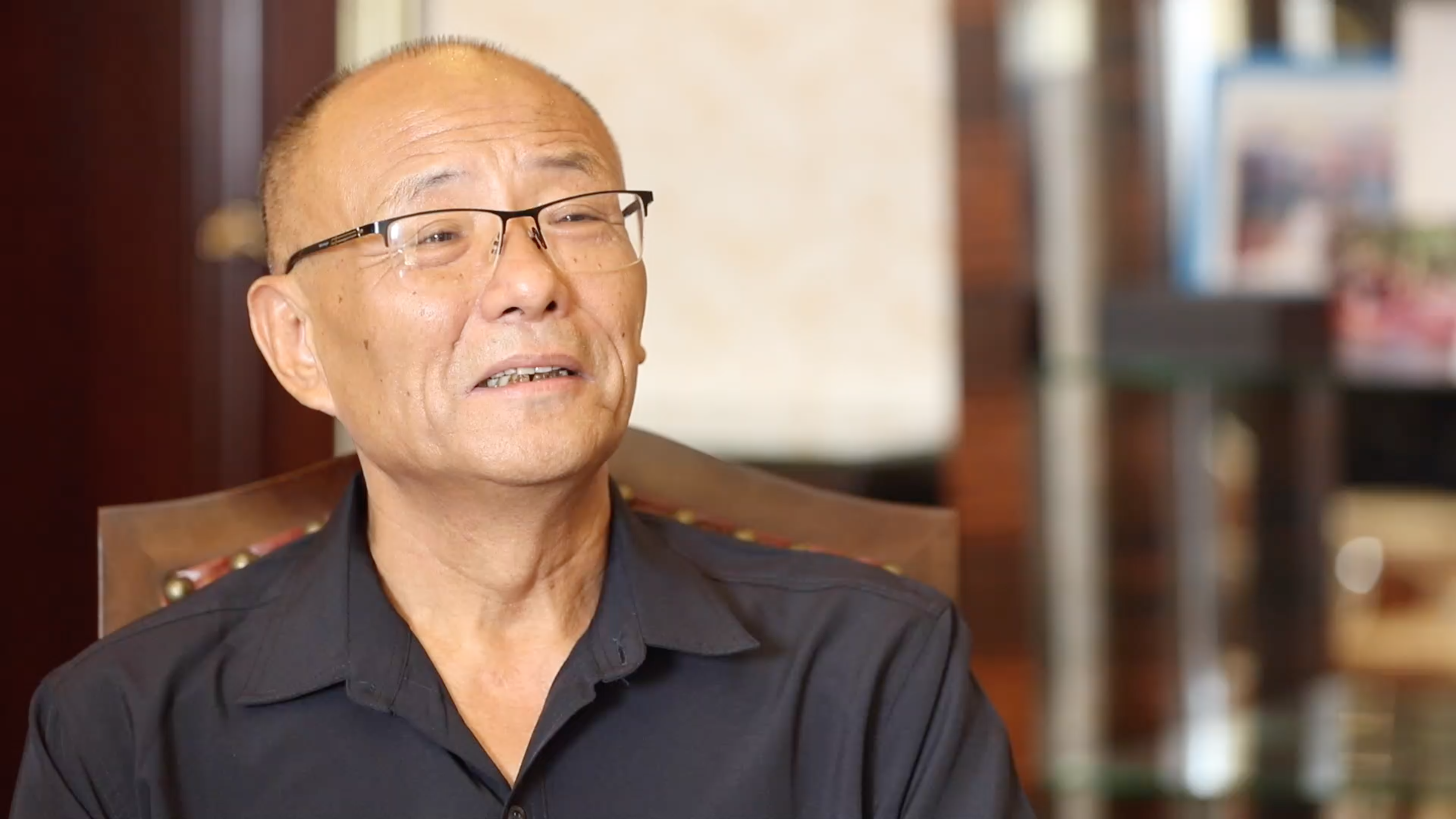

As the year of 2019 marks the 70th anniversary of the founding of the People's Republic of China, it also witnesses the 70 years of relations across the Taiwan Strait. From tension to comprehensive cooperation, the relationship across the Strait has experienced challenges but also witnessed achievements.
Back to the unstable times, economic isolation, traffic disruptions, separation of relatives and lack of communication, since 1949, these and other matters have divided the Chinese mainland and Taiwan.
As professor Liu Chunsheng from Central University of Finance & Economics believes, although cross-Strait relations were once rugged, the two sides were antagonistic, these problems have been solved historically.

Liu Chunsheng, professor of Central University of Finance & Economics /CGTN Photo
However, the intensive status embraced changes as more links bridged the Strait, the reasons varied yet all of which were about connecting.
Born and raised in Taiwan, Lv Pei-an is now teaching public administrations in Nanfang College of Sun Yat-sen University in Guangzhou. He explained that because of information asymmetry, it brought up the interactive costs. But now the two sides have more diversified channels and friendly exchanges across the Strait.

Lv Pei-an, Taiwan scholar now teaching in Nanfang College of Sun Yat-Sen University in Guangzhou, south China. /CGTN Photo
Based on a proposal by the mainland in 1981, the two sides agreed to open up postal, transportation and trade links. In addition, the two sides held seven high-level cross-Strait political meetings from 2005 to 2015.
In 1987, around 50,000 people were involved in cross-Strait personnel exchanges. In 2016, that figure rose to 9.39 million. The trade volume was only 1.5 billion U.S. dollars in 1987, but 29 years later, the cross-Strait trade volume reached 179.6 billion U.S. dollars.
The massive profits in trade and business across the Strait also contributed in building channels for both sides to talk, understand and enhance mutual trust.
Born in Taiwan, and running a travel business across the Strait, Dong Qi-nong has strong insight on mutual benefits across the Strait.

Dong Qi-nong, chairman of Gulangyu Scenic Volunteers Association. /CGTN Photo
He said that many agricultural products from Taiwan were given preferential policies. On the other hand, like in Xiamen, tens of thousands of businessmen from Taiwan invest in enterprises, schools and hospitals.
The specific achievements from the collaboration are now seen nationwide. However, those achievements across the Strait couldn't happen without peace and stability.
To bridge the gap, links are needed. To provide links, recognition of cultural identity is highly demanded.
As 2019 marks the 40th anniversary of the document "Message to Compatriots in Taiwan" from the mainland, now, the message still calls for the peaceful appeal from both sides.
"We are a family across the Taiwan Strait. The unification is the common wish of all of us," Dong kept underlining.
As the old saying goes: "When festival times come around, people think all the more of their loved ones." Despite the current political detour in Taiwan, the common history and tradition shared by both sides are connecting people across the Strait. As we are celebrating Mid-Autumn Festival, when relatives are gathering, the Strait might accommodate more family-like relations.

Copyright © 2018 CGTN. Beijing ICP prepared NO.16065310-3
Copyright © 2018 CGTN. Beijing ICP prepared NO.16065310-3